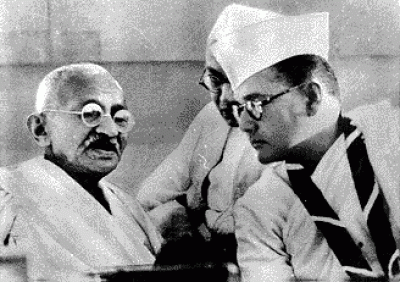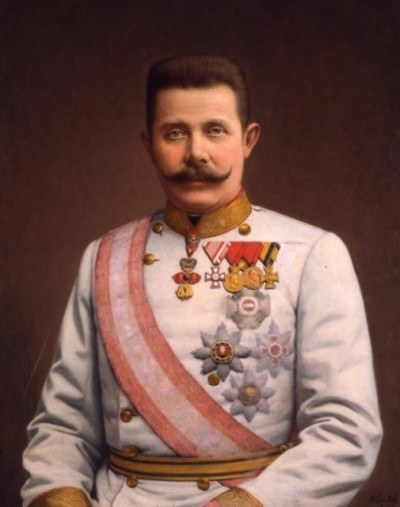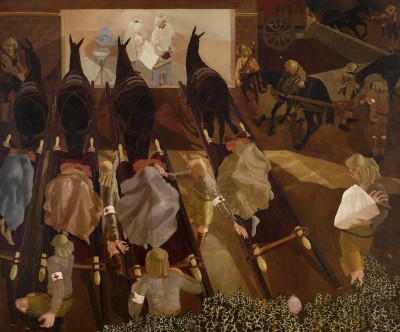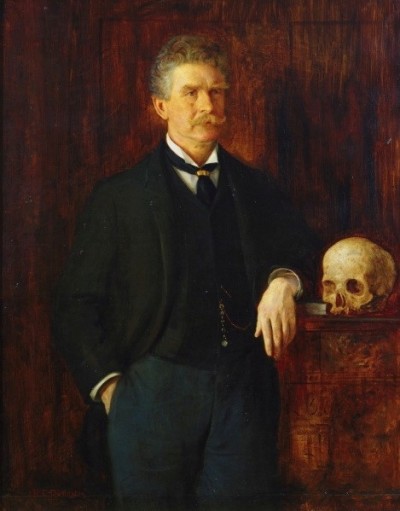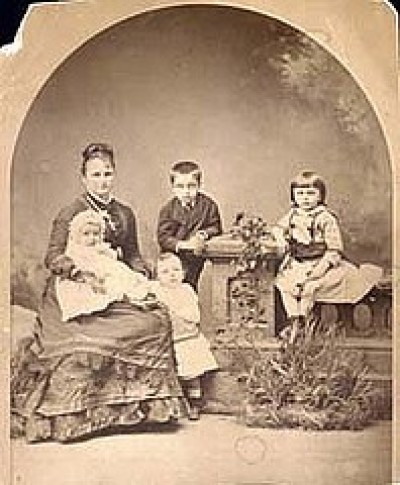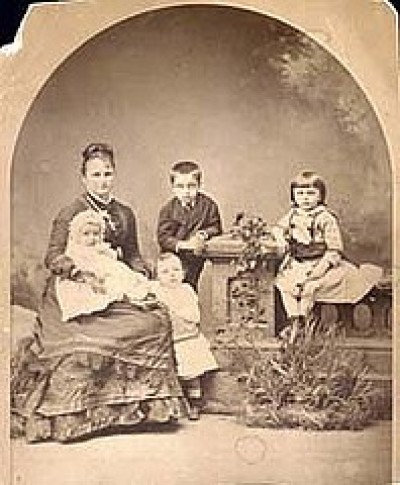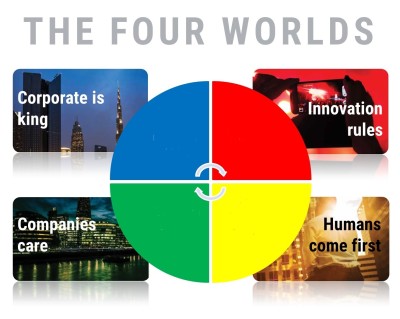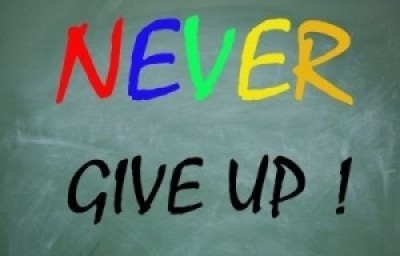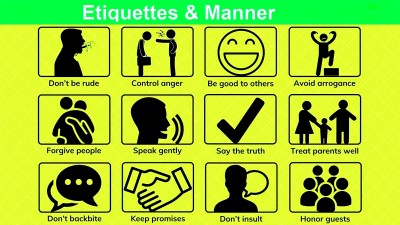Course description
Mohandas Gandhi and Subash Chandra Bose
Two Indian Freedom Fighters with Different Approaches to Achieving Independence
 Mahatma Gandhi is one of the best-loved men in all history. Although he worked all his life for Indians, his belief in fighting against wrong without using guns, knives or bombs has changed the world. His ideas were important for Martin Luther King, for example, in his fight for Afro-American rights in the U.S. In India, he is called ‘Bapu’ and many Indians see him as the father of their country.
Mahatma Gandhi is one of the best-loved men in all history. Although he worked all his life for Indians, his belief in fighting against wrong without using guns, knives or bombs has changed the world. His ideas were important for Martin Luther King, for example, in his fight for Afro-American rights in the U.S. In India, he is called ‘Bapu’ and many Indians see him as the father of their country.

Mohandas Karamchand Gandhi was born in 1869 in a western state of India, called Gujarat. He married his much-loved wife when she was fourteen and he was a year younger. Their first child died when Gandhi was fifteen. He went to London to study law although he was not a very good student at school. He promised his mother not to eat meat or drink alcohol when he was there. He passed his exams and returned to Bombay (now Mumbai) to become a lawyer but was too shy to speak in court. It was because he could not make any money as a lawyer in India that he got a job in South Africa when he was twenty-four.
Gandhi stayed twenty-one years in South Africa. It was a very important time for him because he changed his political ideas and experienced racism for himself. For example, a train driver hit him and threw him off a train when he sat in first class. This was forbidden for Indians. The police arrested him when he did not stand up and give his seat on a bus to a white man, and he could not find a good hotel to stay in because they would not take non-white people. He also saw that Muslim Indians in South Africa were usually rich and Hindus were poor farmers and workers. The rich saw the poor Hindus as very different people but, for Gandhi, they were the same – they were Indians. Also, when Gandhi first arrived in South Africa, he fought for Indian people but thought that white people should make the government of South Africa. He did not believe that black South Africans could govern. Later he changed his mind.

Gandhi first had his idea that protesting against wrong should never hurt others, when he was in South Africa. He organised Indians against the rule that they must carry ID cards with their names and colour on them. South African Indians burnt their cards and refused to work. The police and soldiers injured thousands of them and put them in prison. International newspapers showed pictures and wrote reports of what was happening and the law changed. Gandhi’s belief in peaceful protest worked.
In 1915, Gandhi returned to India. He was already very famous because of his fight for Indian rights in South Africa. However, he did not start protests in India before he travelled all over the country and saw how rich and poor Indians, Muslims and Hindus, high caste and low caste were living. He travelled third class in the train in those days and so it was not a comfortable trip.

After a few years, he was ready to talk about his ideas. He wanted Muslims and Hindus to live together peacefully. He was shocked by the lives that poor Indians were living and said that the country must help fight poverty. He thought women must get more rights. He also believed that the Hindu idea of ‘untouchability’ must end. This was the belief that some (usually poor) Indians were born dirty. No other Indian should have contact with them. They could not cook or touch other people’s food; they could not drink water from the same wells; they could not enter a temple to pray to the Hindu gods; and they could only do some jobs, like cleaning toilets. But, most importantly, Gandhi believed that Indians should make their own government without the British.
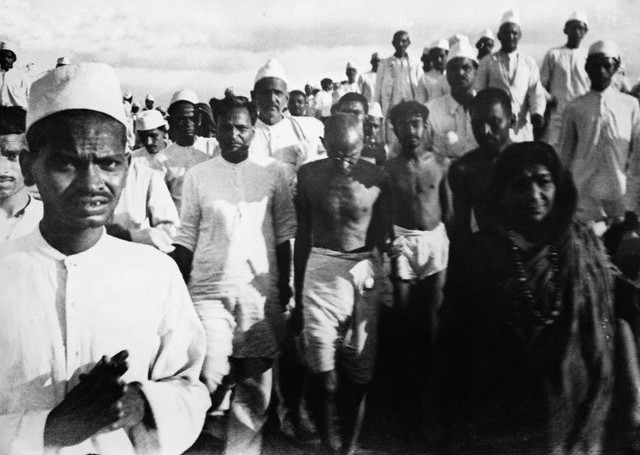
To fight poverty, Gandhi told all Indians to make their own clothes with Indian cotton. They should not buy British shirts and trousers. In 1930, he went on a famous 400-kilometre march to stop the British tax on salt. At the end of the march, he arrived at the sea and made salt from the sea water on the beach. These protests meant that Gandhi went to prison many, many times.
In 1921, Gandhi first made the Indian National Congress, a political party that still exists today. He tried to get Muslims to join this party as well as Hindus. At first, they did and it seemed that Gandhi could make an India where people of different religions could live together.
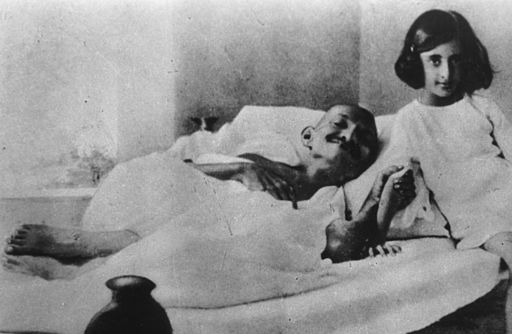
However, Hindus and Muslims often killed each other too and Gandhi began his famous fasts. This meant that he did not eat while fighting continued. Slowly, he became weaker and weaker and people thought he was going to die. The newspapers reported on his health every day. Finally, again and again, Muslims and Hindus stopped fighting and Gandhi could eat.
In 1942, Gandhi started his last and most important protest, asking the British to ‘Quit India’. He was angry that the British government in India went to war with Nazi Germany and Japan without asking the people. He knew that the British could only stay in his country if the Indian people agreed they could. There were 400 million Indians and no government could control them if they did not accept this. After the Second World War ended, Britain left India in 1947.
Sadly, India and Pakistan did not remain one country. Many Muslims ran away to Pakistan in the north-west and Hindus living there escaped to India. Fighting started. Trains burnt. People from the same villages attacked and killed each other because of their religions. A million people died before the killing stopped. The British did not return to the country to help stop the deaths.
Gandhi lived a simple life. He ate only fruit and vegetables and his clothes were the same as the poorest villager’s. He had no money. He never used violence to get what he believed was right.
After independence, Gandhi planned to travel to Pakistan. Before he could start, a Hindu fanatic shot him. He died immediately. The day was 30th January, 1948, and all India was sorry. Gandhi, the man of peace, was killed by a bullet to his chest.

But not every freedom fighter believed that independence could be achieved through non-violence.
Subash Chandra Bose was an important Bengali freedom fighter, born in Cuttack in Orissa in 1898. From his childhood, Bose was a nationalist. For instance, when he was at college, he attacked a British professor who hit some Indian students and who made rude comments about India. The college sent Bose away and he finished his degree in philosophy in another one. He then went to the UK but promised his father he was going to sit for the Indian Civil Service exams. In fact, he came fourth in these and got a job but he then decided that he could not work for a foreign government against his own people. You see, for Bose, Indian independence was always the most important thing! More important than his own career and comfort.

Bose returned to India from London in 1921 and started a newspaper called ‘Swaraj’, which means ‘Self Government’. Two years later, he became the President of the National Congress All India Youth League. In 1925, the police arrested Bose and he spent two years in prison in Mandalay in Burma, where he caught TB. When he got out in 1927, Bose became General Secretary of the Congress Party and worked with Nehru for Indian independence. In December of the following year, Bose organized Congress’ annual meeting in Calcutta. But Bose’s love of discipline and military uniforms did not please Gandhi, who believed in non-violence. This was the start of a deep disagreement between Gandhi and Nehru, on the one hand, and Bose on the other.
After several more months in prison, in 1933, Bose started on a trip to Europe. His aim was to interest leaders and politicians in India’s struggle for independence. While he was in Europe, Bose met the Fascist leader of Italy, Benito Mussolini.

On Bose’s return to India, he became President of the Indian National Congress. But his goal of immediate independence for India, even if this meant using violence, was very different from Mohondas Gandhi’s. In 1939, he had to resign the Presidency.
That same year, Bose saw the start of the Second World War as a wonderful opportunity to force the British to leave India. Gandhi, on the other hand, did not want to side with Fascist Germany and Italy and he certainly did not want to use violence to gain independence. Bose left India, after he was again arrested, and travelled to Nazi Germany to get Hitler’s support for independence.
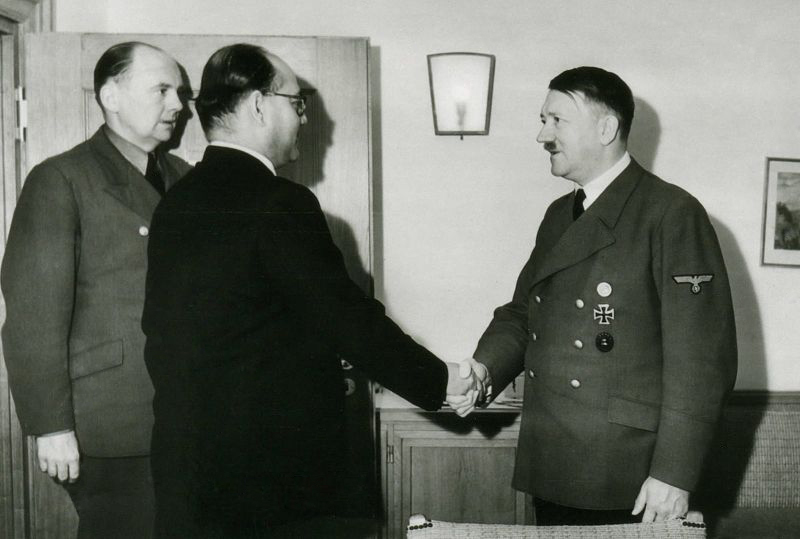
In short, Bose believed that India needed a time of dictatorship – like in Communist Russia or Nazi Germany – to end poverty and to educate the people. He wanted a middle road between Fascism and Communism to do this, although Bose never believed in Hitler’s racist policies.
In Germany, Bose started a nightly radio programme to get Indians to fight against the British at home. He organized an Indian military force to take part in a German attack on India but, by 1943, realized that this was not going to happen, and made plans to move to Japan, Germany’s friend and ally in the Second World War. Still, although Bose never stopped trying, the Japanese-Indian attack on India in 1944 failed miserably and, soon afterwards, the Japanese left Burma too.

In August 1945, Subash Chandra Bose was on a Japanese plane that crashed in Taiwan. Several other passengers died immediately but Bose managed to run through a fire at the exit and escaped the plane. Unfortunately, his clothes were covered with petrol and caught fire. He was very, very badly burnt and died in hospital on 18th August. Gandhi said about Bose:
"Subash Bose has died well. He was undoubtedly a patriot, though misguided."
Since his death, Bose’s reputation has grown. Some still see his Fascist-friendly politics as sickening but others believe he was a democrat who became close to Hitler, Mussolini and the Japanese only to gain independence for his much-loved homeland. The question that remains, however, is why Bose believed that the Japanese and Nazis would leave India if they ever managed to win control of the country.
If you want to watch some videos on this topic, you can click on the links to YouTube videos below.
If you want to answer questions on this article to test how much you understand, you can click on the green box: Finished Reading?
Videos :
1. Gandhi – Human Rights Activist (3:34)
2. How Did Mahatma Gandhi Change the World? (6:57)
3. Netaji Subash Chandra Bose – Freedom Fighter (5:27)
4. You give me blood, I will give you freedom : Subhash Chandra Bose (5:32)












